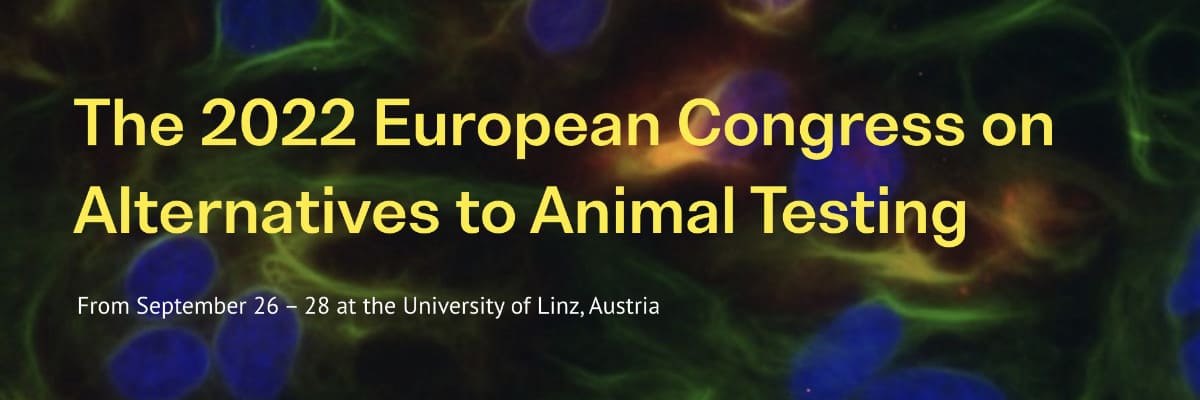As part of the EUSAAT and ESTIV 2022 meetings, Dr. Ignacio Tripodi will present recent research on turning Adverse Outcome Pathways (AOPs) into testable hypotheses with natural language processing (NLP) and tissue-specific knowledge graphs (KG). The AOP framework is crucial to the success of new approach methodologies (NAMs) for toxicity testing. To maximize the potential of AOPs by allowing scientists to easily turn them into testable hypotheses, we have developed a method to translate the English descriptions of each AOP component to unique ontology descriptors. This generates a fully semantic representation of an AOP, by easily mapping all its events to the most appropriate ontology concepts, also denoted by nodes in a massive knowledge graph (KG). This approach is applicable to all types of ‘omics (gene, protein, metabolite), in-vitro assays, and other platforms for NAMs.
Please join us to learn more about our AOP work at The European Society for Alternatives to Animal Testing (EUSAAT) 2022 European Congress on Alternatives to Animal Testing on September 26-28 in Linz, Austria. EUSAAT is the European 3Rs Society, which actively promotes the protection of experimental animals according to the 3Rs-Principle (Replace, Reduce, Refine). The annual congress provides an opportunity to share scientific experience on alternatives to animal use in the life sciences as well as advanced in silico and in vitro methods.
Dr. Tripodi will also highlight our AOP work at The 21st International Congress of the European Society of Toxicology In Vitro (ESTIV 2022) being held in Sitges, Spain November 21-25. ESTIV brings together researchers, toxicologists, and students engaged in the promotion of development of in vitro and in silico approaches from around the globe.

